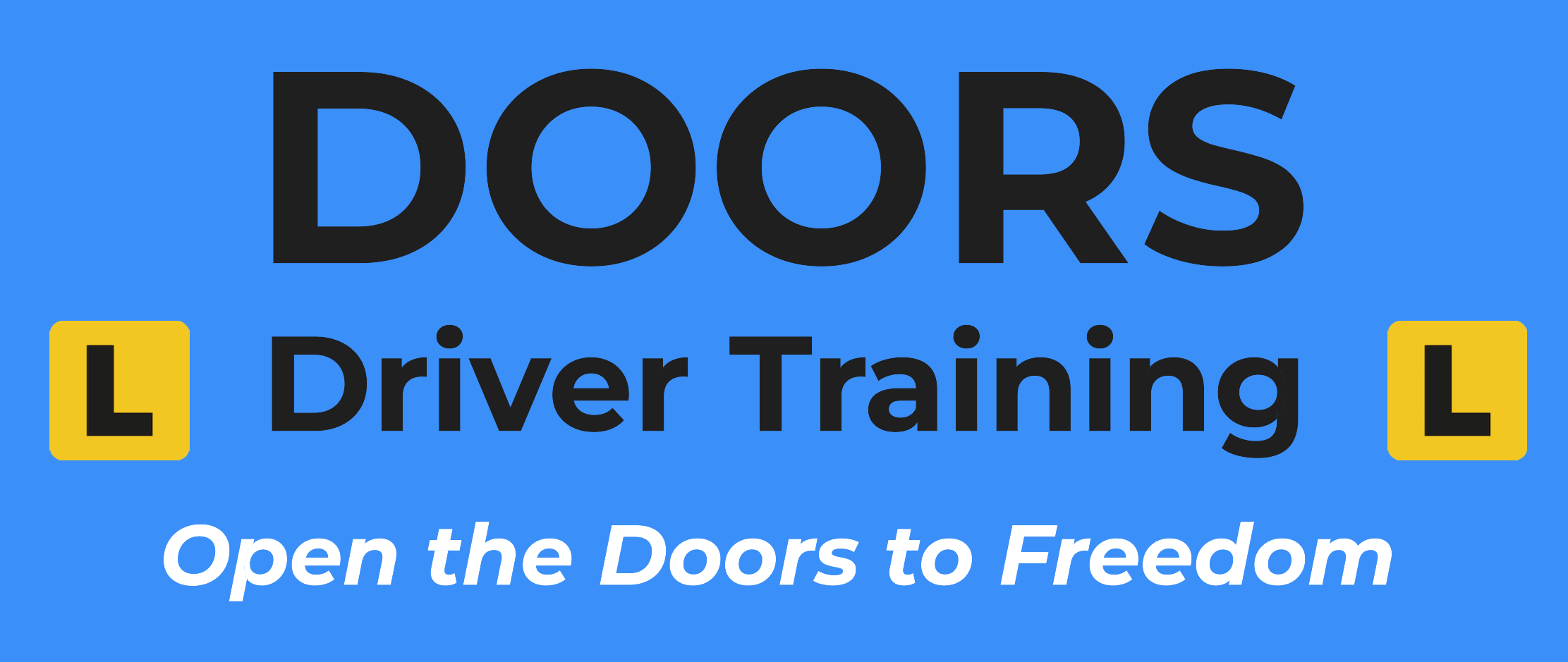Demonstrate correct cornering line and technique.
GENERAL
- Explains effects of speed, centrifugal force and vehicle centre of gravity on cornering stability.
- Explains the purpose of corner advisory signs.
- Explains the use of roadside markers to assist with cornering at night.
- Explains the three points of a corner (entry, apex, exit) and the correct lateral position at each point.
- Explains the terms ‘understeer’ and ‘oversteer’.
- Explains the effects of loading on a vehicle during cornering.
- Applies the system of vehicle control in all turning or cornering tasks.
- CORNERING – RIGHT-HAND BEND
- Adopts left-hand lane position prior to entering corner.
- Maintains speed and follows cornering line from left-hand lane position at entry to right-hand lane position at apex.
- Accelerates gently from right-hand lane position at the apex back to left-hand lane position at the exit.
CORNERING – RIGHT HAND BEND
- Adopts left-hand lane position prior to entering corner.
- Maintains speed and follows cornering line from left-hand lane position at entry to right-hand lane position at apex.
- Accelerates gently from right-hand lane position at the apex back to left-hand lane position at the exit.
CORNERING – LEFT HAND BEND
- Adopts right-hand lane position prior to entering corner.
- Maintains speed and follows cornering line from right-hand lane position at entry to left-hand lane position at apex.
- Accelerates gently from left-hand lane position at the apex back to right-hand lane position at the exit.
CORNERING TECHNIQUE
- Identifies, interprets correctly and reacts to any advisory speed signs.
- Assesses severity of corner by reference to the search limit point at entry.
- Sets appropriate speed before entering corner.
- Completes all deceleration, braking and any downshifting before entering the corner.
- Maintains speed from the entry to the apex.
- Accelerates gently from the apex to the exit.
- Correct positions through out the corner (entry, apex, exit)
